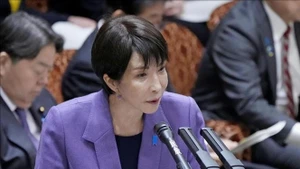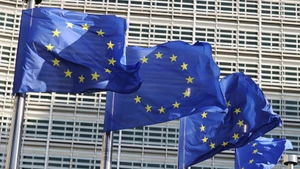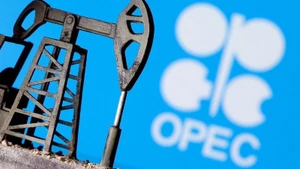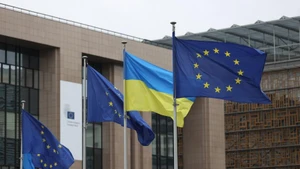According to the European Statistics Agency (Eurostat), the inflation rate of the Eurozone fell to 9.2% in December 2022. This is the second consecutive month that inflation in the Eurozone has fallen, after hitting a record of 10.6% in October, five times higher than the target of 2% set by the European Central Bank (ECB). Economists in charge of the Eurozone at Bloomberg Economics said that the EU's overall inflation has passed its peak. The downward path of inflation is still bumpy, but the uptrend will be reversed.
Among 20 countries using the euro, Spain recorded the lowest inflation rate at 5.6%. in addition, the price storm has also eased in the leading economies of the region. Although still being at a high level, Germany's inflation in last month of 2022 marked a significant improvement the from the 10.4% recorded in October, a time when inflation estimates were at a record high for the past 70 years.
According to Monika Schnitzer, a member of the German Council of Economic Experts, said inflation in the EU's leading economy may have peaked. Meanwhile, inflation in France in December unexpectedly dropped to 6.7% from a record high of 7.1% in the previous month. French Finance Minister Bruno Le Maire has forecast that inflation in the country will maintain a downward trend in 2023.
According to Bloomberg, the main factor that helps to put the brakes on the price increase in the EU is falling gas prices. The drop in demand due to persistent warmer-than-normal winter weather and efforts to fill fuel stockpiles by the countries have sent gas prices in Europe to their lowest levels since the conflict broke out in Ukraine.
In addition, analysts said that the solution packages of governments and the continuous increase of interest rates by the ECB have also contributed to curbing inflation. In 2022, the ECB closed its multi-year period of negative interest rates and raised rates four times in a row. The bank recently increased its base rate by 0.5 percentage points to 2.5%, the highest level since 2008.
The ECB’s President Christine Lagarde said the bank will continue to raise interest rates until it can ensure inflation back to its target. With Lagarde's statement, many experts believed that at a meeting scheduled to take place on February 2, the ECB will continue to raise interest rates to maintain the current momentum of cooling down inflation.
Despite signs for the decline of the upward pressure on prices in the EU, the EU still faces risks to the economy. The ECB’s President there is still reason to be concerned about the possibility of inflation rising again. In fact, the EU’s headline inflation has fallen, but core inflation (excluding changes in food and energy prices) remains slow.
Falling gas prices have contributed to curbing the rapid price increase in the EU, but experts warned that a sudden cold spell could still cause the again increase of gas prices.
According to analysts, inflation in the EU increased mainly due to escalating energy prices. In addition, the factors such as rising food prices and supply chain disruptions have also made inflation more severe. Therefore, to find a solution to the inflation problem, the EU needs to deal with the above root causes, not just depending on the rise and fall of energy prices.
High inflation is a burden on many Europeans and also a difficult problem for EU leaders to find a solution. Maintaining the downward trend of inflation and ensuring the speed of economic recovery is the urgent task of the EU in the near future.
















